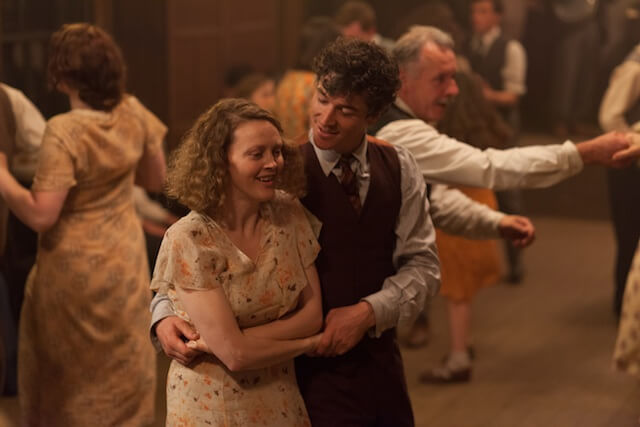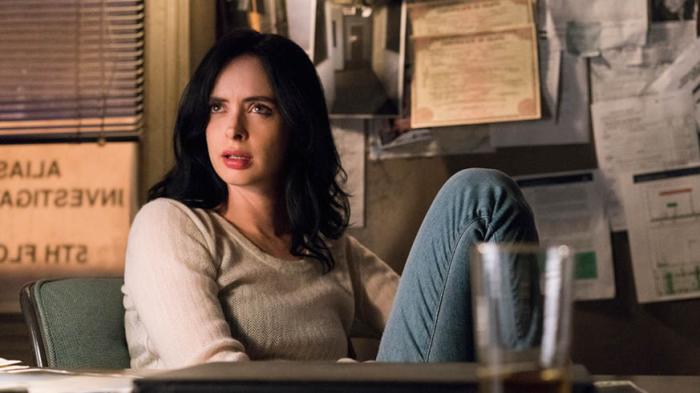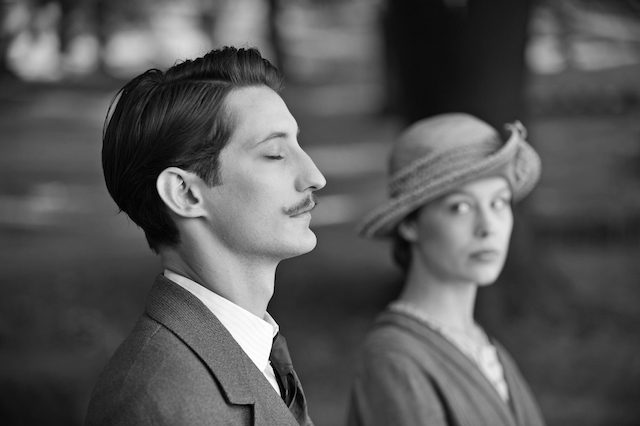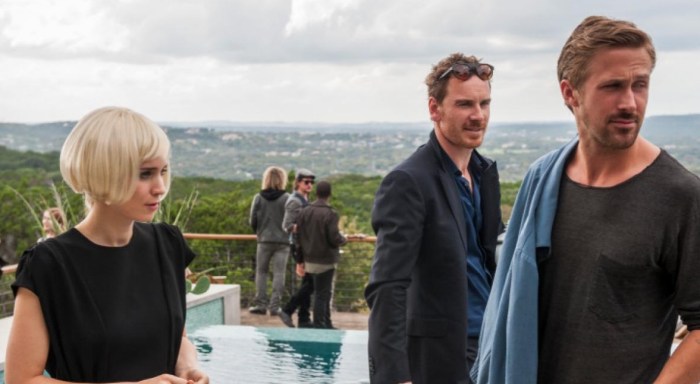‘Jimmy’s Hall’ The English filmmaker Ken Loach is a committed socialist who’s made five decades’ worth of realist dramas, almost all of them concerning the oppression of the working class through the ages. He also has a curious and endearing habit of crafting his own gritty twists on super-broad populist fare. Recent Loach films have included “Looking for Eric,” his (sometimes grimy and harrowing) version of “Play It Again, Sam,” and “The Angels’ Share,” his (sometimes grimy and harrowing) version of “Ocean’s Eleven.” “Jimmy’s Hall,” his latest, is his (often times grimy and harrowing) version of “Footloose” — a stirring, mostly one-sided historical drama concerning humorless figures trying to shut down a venue for music and dancing. This being a Ken Loach film, as well as a true story, the stakes, of course, are a bit higher. The bad guys aren’t just a hissable preacher but a collision of Catholic priests and a draconian Irish government. The good guy isn’t gotta-dance Kevin Bacon but the real-life James Gralton (played by Barry Ward), like Loach, a passionate socialist. Gralton agitated for the little guy and raised funds for the IRA; he was the only Irishman ever deported from Ireland. “Jimmy’s Hall” focuses entirely on a time, in 1932, when he simply wanted to entertain, or at least provide a space for entertainment. Following a decade of odd jobs in the U.S. concurrent with the Irish Civil War, Gralton returns a working class hero and is immediately asked to revive a community center he once ran, where literature can be taught and music be blasted. Gralton knows the local church — and the coterie of hotheaded killjoys, among them one played by a finely mustachioed Bryan F. O’Byrne — won’t stand for it, and they sure don’t. Thus comes “Jimmy’s Hall”’s broadly painted battle, which won’t end too happily, and which routinely segues from people dancing to, say, revelers being beaten by their fuming husbands. Loach never lets the good times get too good, so the tone never sways too far. At the same time, the music hall scenes are noticeably lifeless, and especially for a Loach film. Despite his considerable political bona fides, Loach’s forte isn’t heavy drama. It’s his gift for hang-out sessions. Indeed, there are a handful of Loach films — “Sweet Sixteen,” “The Navigators” — where the mix is roughly 85 percent ambling hang time, 15 percent intense drama. “Jimmy’s Hall” is close to 100 percent drama, but there are times when you can see a more nuanced and haunting film, something closer to his Spanish Civil War saga “Land and Freedom” and the Irish Civil War drama “The Wind That Shakes the Barley” — scenes where people sit in rooms, debating hotly on what to do next. These stretches are superior to a broad scene where Gralton simply goes to confession and tells off the priest, followed by a scene where the priest nurses a whiskey while anguishing over his words. (He told him!) It’s admirable that Loach, and his usual screenwriter Paul Laverty, wanted to create a headier mix of the political and the populist, but if anything this dispiriting tale should be a little more fun.
Director: Ken Loach
Stars: Barry Ward, Simone Kirby
Rating: R
2 (out of 5) Globes
‘Jimmy’s Hall’ is Ken Loach’s grim version of ‘Footloose’

Sony Pictures Classics
Follow Matt Prigge on Twitter @mattprigge


















